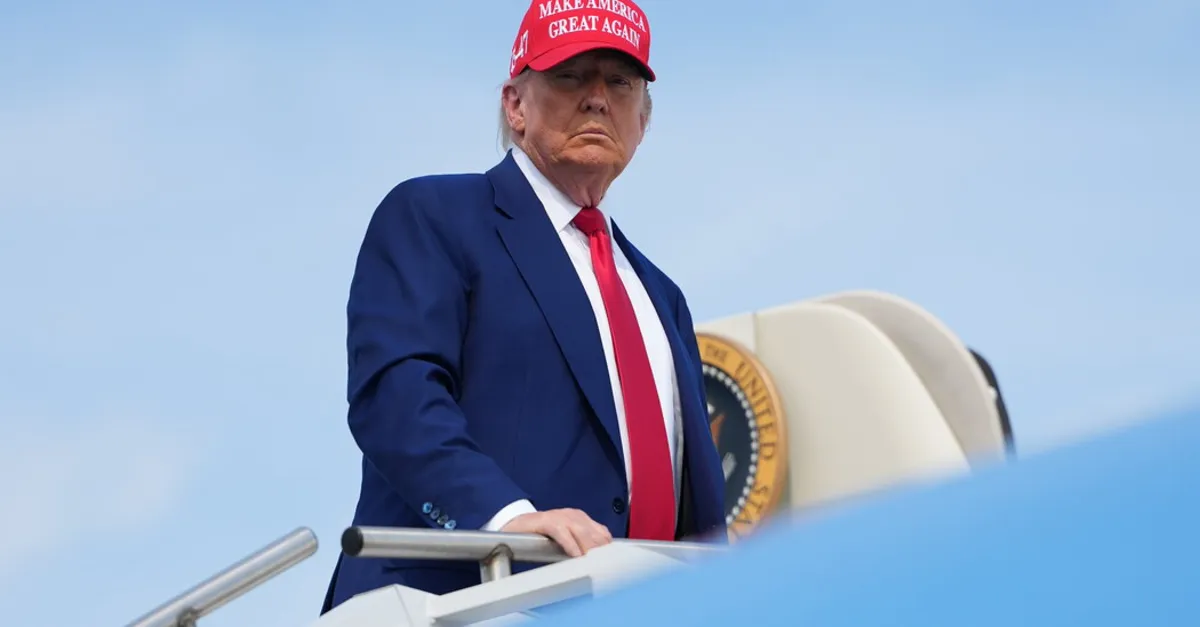
On Thursday afternoon, Karoline Leavitt, the White House press secretary, took to the lectern in the White House briefing room to share a significant message. This communication, she claimed, came “directly from the president.” The focus of the message was on the “substantial chance of negotiations” with Iran, which could potentially steer the United States away from escalating involvement in the ongoing Middle East conflict.
In President Trump's statement, he indicated that he would make a critical decision on whether to strike Iran “within the next two weeks.” This announcement came amid rising pressure from the noninterventionist faction within his party, urging him to refrain from military engagement. Notably, on the same day, Trump was having lunch with Stephen K. Bannon, a prominent critic of any bombing campaign, which only intensified speculation regarding his intentions.
However, beneath this public display of caution was a different reality. Reports indicated that President Trump had largely made up his mind to proceed with a military strike on Iran’s nuclear facilities. Preparations for a complex military attack were already in motion, suggesting a stark contrast between the administration's public stance and its internal decision-making process.
Less than 30 hours after Ms. Leavitt conveyed the president's cautious message, Trump issued the command for an assault on Iran. This sudden escalation placed the United States directly in the center of a new conflict within one of the world’s most volatile regions, raising concerns about the implications for both national and international security.
As the situation develops, it is essential to monitor how these decisions will shape the future of U.S. foreign policy in the Middle East and affect the delicate balance of power in the region.